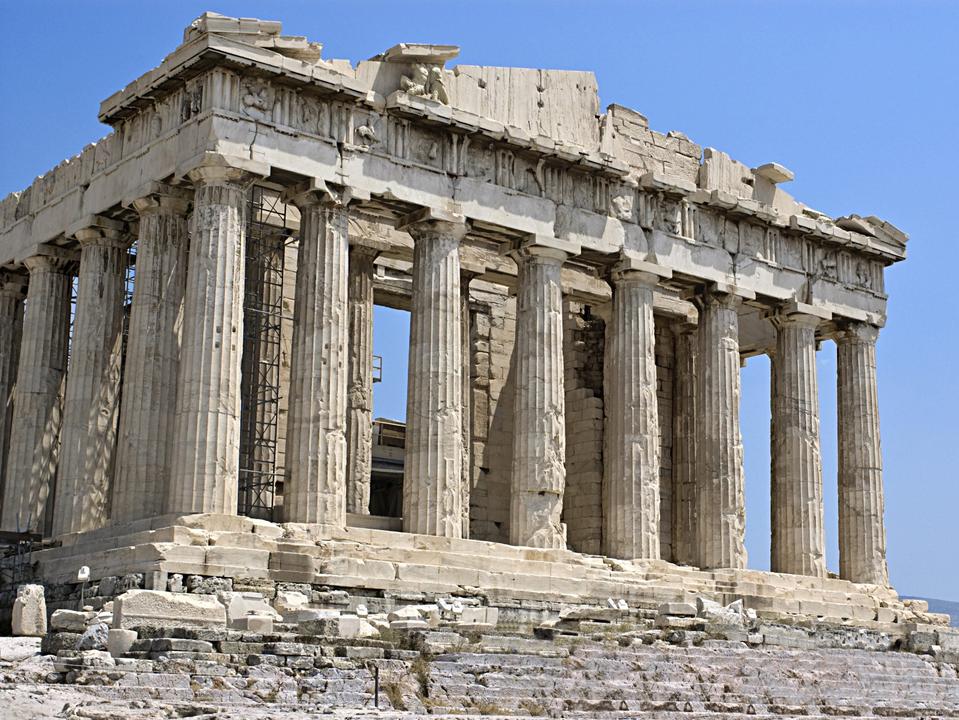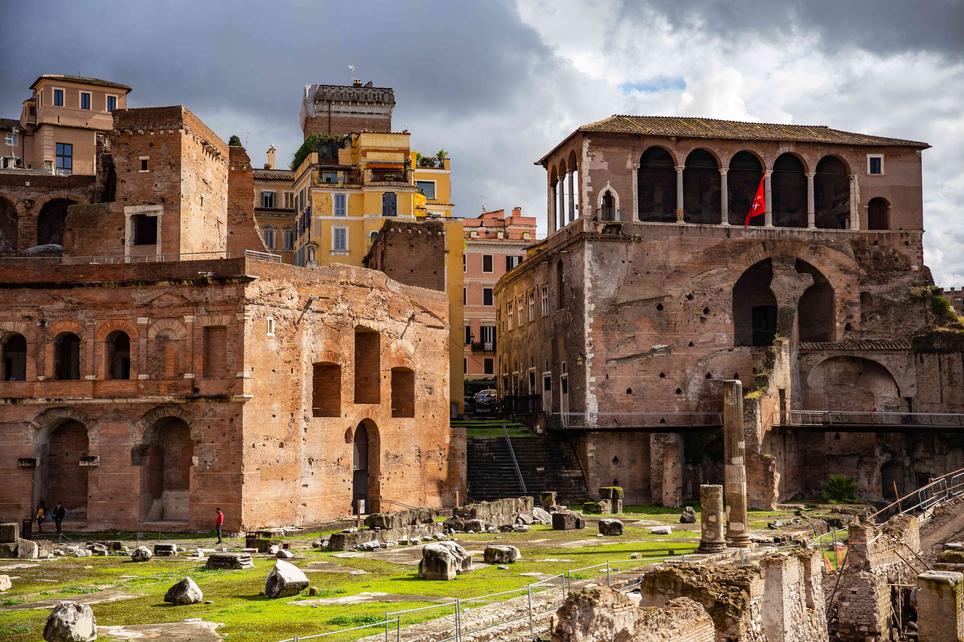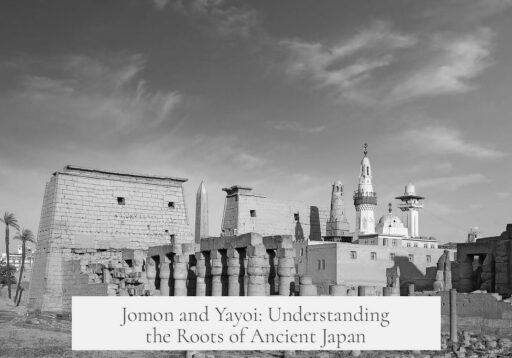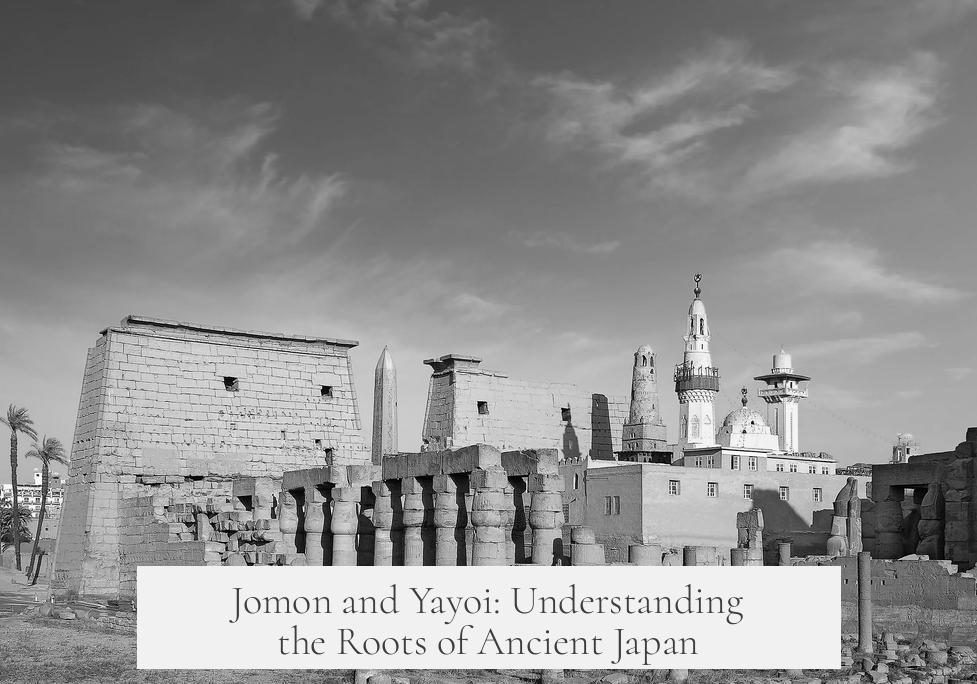The Jomon and Yayoi represent the primary ancestral components of the modern Japanese population, with recent research indicating a more complex, tripartite origin that also involves the Kofun period genetic contribution.

The widely supported Dual Structure Hypothesis, formulated by Kazuro Hanihara in the 1990s, posits that modern Japanese people descend from both the indigenous Jomon and the immigrant Yayoi populations. The Jomon, hunter-gatherers who inhabited the Japanese archipelago for tens of thousands of years, contributed significantly to the gene pool, especially in peripheral regions like Kyushu and northern Honshu. The Yayoi began migrating around the early 1st millennium BCE, introducing wet rice agriculture and metallurgy. Their genetic influence is stronger in areas with historical continental contacts.
This mixture laid the foundation for Japanese ethnicity well before the formation of the Japanese state. Influences from Korean and Chinese civilizations came later and layered upon this established population base. However, newer studies challenge the timing and dynamics of Yayoi migrations. They propose that significant migration might have occurred later, during the Kofun period (circa 3rd to 7th century CE), concurrent with early state formation processes.

Moreover, recent genome research reveals that the Japanese population’s ancestry is not only bipartite but tripartite. The Kofun period people introduced additional genetic material, indicating a more nuanced origin than previously understood. This tripartite model integrates the Jomon, Yayoi, and Kofun heritages as components of modern Japanese genetics.
These findings refine understanding of Japanese prehistory and challenge some prior timelines, implying that cultural and genetic exchanges were more complex and possibly overlapped with early political developments.

The following summarizes key points:
- Jomon: Indigenous hunter-gatherers present for tens of thousands of years.
- Yayoi: Migrants introducing agriculture and metallurgy ca. early 1st millennium BCE.
- Kofun: Later population contributing additional genetic input during state formation.
- Modern Japanese ancestry combines these three components in varying proportions regionally.
- New hypotheses suggest migration timing differs from the classic model, especially around the Kofun period.
For detailed discussions and latest research, see the open-access article ‘The evolving Japanese: the dual structure hypothesis at 30’ and Cooke et al.’s 2021 paper ‘Ancient Genomics reveals Tripartite Origins of Japanese Populations’ (Science Advances).

Jomon and Yayoi: Untangling Japan’s Ancient Origins
Who exactly were the Jomon and Yayoi, and how much do they shape modern Japanese identity? The simple answer: the Japanese today come from a fascinating blend of both groups—and then some.

If you’re picturing a straightforward tale of two ancient peoples handing down a neat cultural package, think again. The story is richer, messier, and way cooler.
Jomon and Yayoi: The Dynamic Duo of Ancient Japan

The Dual Structure Hypothesis has been the go-to explanation for decades. First proposed by Kazuro Hanihara in the 1990s, it paints the modern Japanese as descendants of two main ancestors: the Jomon and Yayoi. The Jomon were the original hunter-gatherers, holding down the Japanese archipelago for tens of thousands of years. Around the early first millennium BCE, Yayoi migrants brought rice farming, metallurgy, and new cultural practices from the Asian continent.
So, the Japanese ethnic identity formed not as a sudden shift but as a gradual blend. Jomon blood runs stronger in regions like southern Kyushu and northern Honshu—the island’s edges—while Yayoi influence is heavier in areas historically linked to continental Asia.
When Did This Blend Really Happen?
Here’s where things get spicy. Recent studies suggest we might need to rethink the migration timeline.
Traditionally, Yayoi migration is thought to have largely occurred before the formation of the Japanese state. However, new hypotheses hint at a later migration wave, mainly during the Kofun period (around 250–538 CE), just as state formation was humming along. This challenges long-held views but doesn’t overturn the idea of mixed ancestry. Instead, it shifts how we look at the timing and societal impact of these migrations.
Imagine history as a party where guests (migrants) didn’t all arrive early but trickled in during the big event (state formation). This changes how historians interpret the rise of ancient Japan’s political structures and cultural shifts.
Triple Trouble: The Kofun Came to Play
Wait, what about the Kofun? Glad you asked.
A 2021 genetic treasure trove from Cooke and colleagues throws a curveball—modern Japanese don’t descend from just two sources but three. Besides the Jomon and Yayoi, the Kofun people brought a third genetic strand during the Kofun period, corresponding with the growth of state-level societies.
- Jomon: Indigenous hunter-gatherers with a deep-rooted presence.
- Yayoi: Migrant rice farmers who introduced agriculture and metallurgy.
- Kofun: Newcomers during state formation, further mixing the gene pool.
This tripartite model gives a much fuller picture of Japanese origins. It’s like upgrading from a black-and-white sketch to a colorful, high-definition portrait.
Why Does This Matter? More Than Just DNA
Ok, you might be wondering: “Cool genetics, but why should I care?” Well, these findings dive into identity, culture, and history. Understanding that Japanese ethnicity developed through layers of migration helps dismantle oversimplified views of national origins.
Plus, these migrations tie directly into technological and cultural innovations—rice farming, metal tools, social complexity, and eventually the first Japanese states. That means the ancestors shaping Japan’s history were diverse, adaptable, and interconnected with broader East Asian developments.
Are the Jomon forgotten in all this? Not at all. Their long-standing presence and cultural legacy form the foundation on which later groups built. The Yayoi brought agriculture, but Jomon heritage influenced traditions, spirituality, and resilience.
Want to Dive Deeper?
If this snapshot whets your appetite for more, here are two amazing resources worth a look:
- “The Evolving Japanese: The Dual Structure Hypothesis at 30” – an open-access article summarizing decades of research with fine detail and clarity.
- Cooke et al. (2021), “Ancient Genomics Reveals Tripartite Origins of Japanese Populations“, published in Science Advances. This paper is the genetic smoking gun for the three-way origins theory.
A Final Thought
So, the story of Jomon and Yayoi is less about a sharp divide and more about layers—historical, genetic, and cultural. Every twig on the family tree adds depth to modern Japan’s rich heritage.
Next time you hear about ancient Japan, remember: it’s a lively mix, crafted over millennia and still studied fiercely today. And isn’t that complexity a lot more interesting than a simple origin story?
What is the Dual Structure Hypothesis about Jomon and Yayoi?
The Dual Structure Hypothesis states that modern Japanese descend from both Jomon hunter-gatherers and Yayoi agricultural migrants. More Yayoi ancestry is found near the continent, while Jomon traits remain stronger in peripheral regions.
How does the Kofun period affect the understanding of Japanese origins?
Recent studies suggest a third genetic component from the Kofun period, meaning modern Japanese ancestry includes Jomon, Yayoi, and Kofun peoples. This challenges the idea that only Jomon and Yayoi shaped the population.
Has new research changed the timeline of Yayoi migration to Japan?
Some new hypotheses argue Yayoi migration occurred mainly during the Kofun period, coinciding with state formation. This contrasts earlier views that migration ended before states developed, affecting interpretations of early Japanese history.
Why is the distinction between Jomon and Yayoi ancestry less clear today?
Modern research shows that Japanese ancestry is a mix of influences from multiple periods, including Jomon, Yayoi, and Kofun. This blending reduces the emphasis on choosing one ancestry over the other in understanding origins.
Where can I find detailed research on Jomon and Yayoi origins?
Key sources include ‘The Evolving Japanese: The Dual Structure Hypothesis at 30’ and the study ‘Ancient Genomics Reveals Tripartite Origins of Japanese Populations’ in *Science Advances*. Both offer comprehensive insights into this topic.




